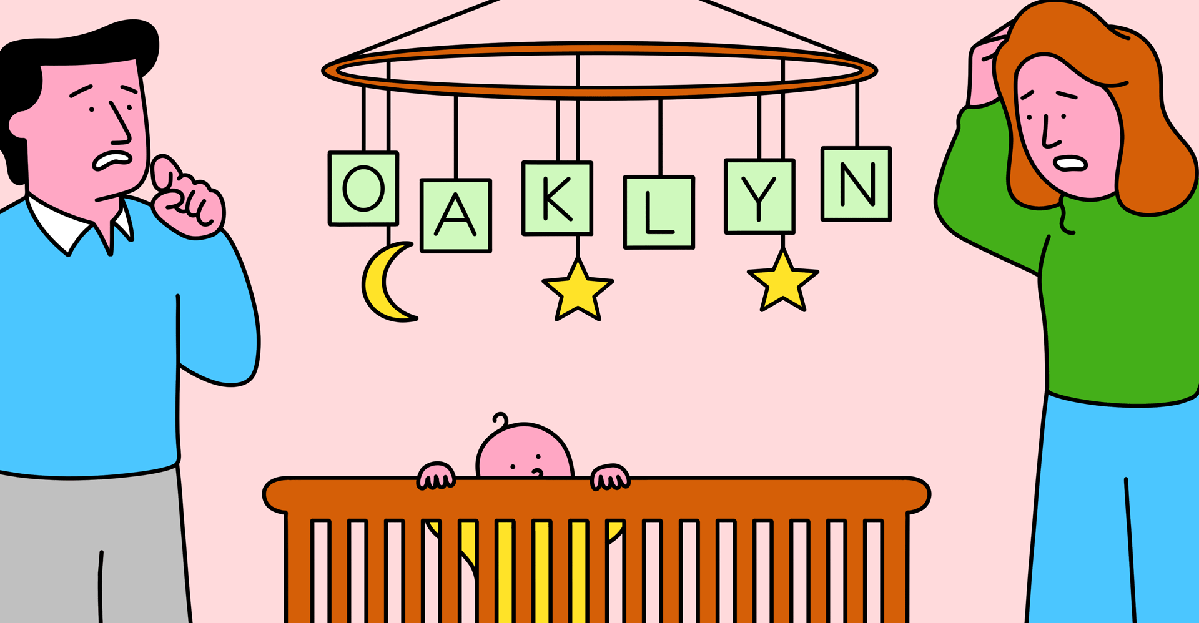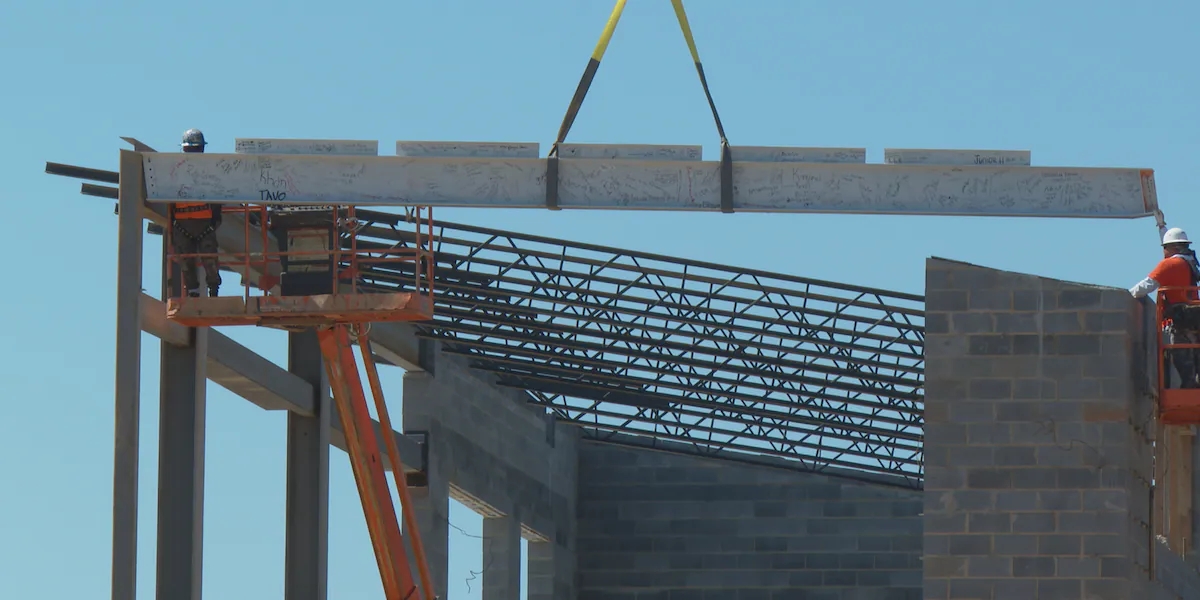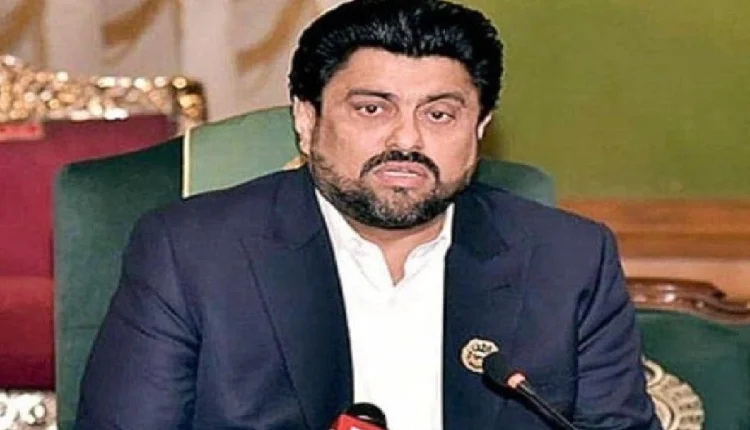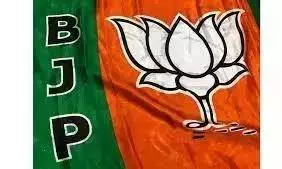By Orlando Cardinal Quevedo CBCP
Copyright tribune
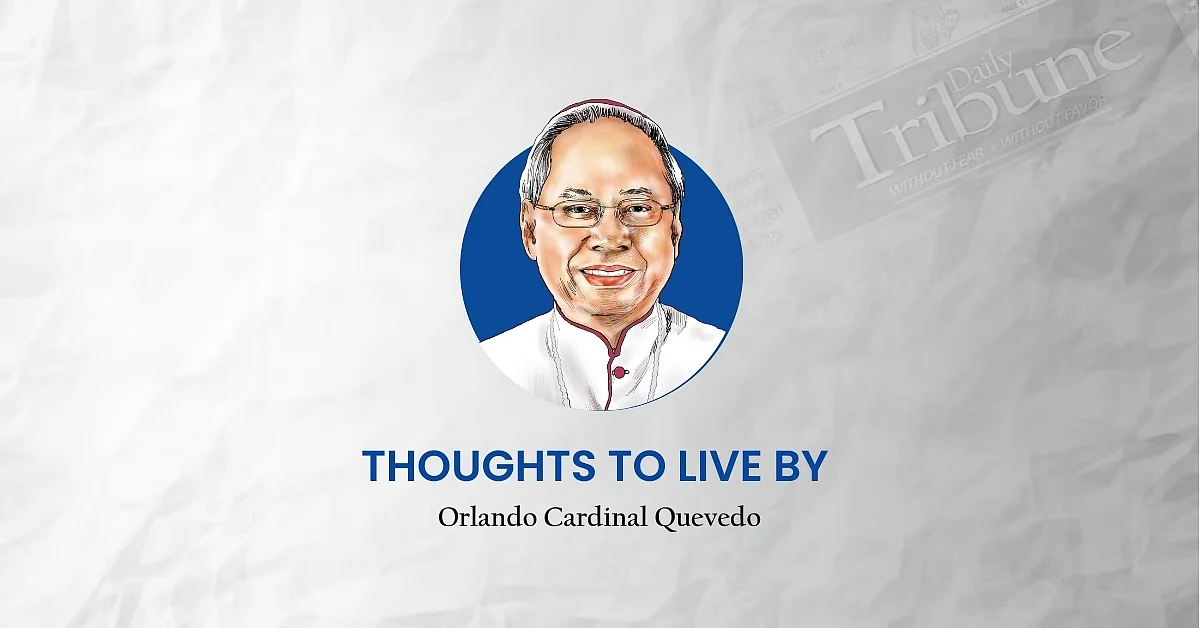
Readings: Ezr. 6:7-8, 12, 14-20; Ps. 122:1-2, 3-4, 4-5;Lk. 8:19-21. Some Notes on St. Pius of Pietrelcina:1. Padre Pio, as St. Pius is popularly known, was born Francesco Forgione on 25 May 1887 in Pietrelcina, a small town in the province of Benevento. His parents were peasant farmers Orazione Forgione and Maria Giuseppa de Nunzio. The family was deeply religious. Francesco was baptized the day after his birth. 2. From a young age, he showed a deep inclination to prayer. One of his first spiritual directors shared how, at just five years old, Francesco began experiencing ecstatic states and divine visions. At the age of 12, Francesco received the Sacraments of Communion and Confirmation. 3. Desiring to consecrate himself to God, he applied to the Order of Friars Minor Capuchins (OFM Cap). But, having had a poor education, he had to undergo private tutoring to pass the requirements. He entered the convent of the OFM Cap in 1903 and made his first vows a year later, taking the name, Pio, in honor of Pope Pius, whose relic is preserved in Pietrelcina. 4. During his theology studies from 1904 to 1909, his fragile health forced him to return to Pietrelcina several times. In 1907, he made his solemn religious profession and in 1910 he was ordained a priest in the Benevento cathedral. Returning to Pietrelcina, he led a life of intense prayer in the midst of his ministry. 5. During this time, he began to experience mystical phenomena. In 1911, his hands began to show weekly signs of stigmata which were not permanent at first. This experience lasted until 1918. His life became a constant battle between physical and spiritual suffering, as he was afflicted with demonic temptations. 6. In 1915, he was called to military service, interrupted by long leaves because of his health. After his discharge in 1916, he was assigned to San Giovanni Rotondo in the Province of Foggia. Here, he would stay for the rest of his life. He welcomed souls seeking comfort and guidance. He famously said, “Pray, hope, and don’t worry.” He directed people to recognize God in all things and to desire above all things to do the will of God. 7. He had the gift of reading hearts, making conversions, levitating during prayer, speaking with Jesus, Mary and the angels, bilocating, and healing. In August 1918, he experienced the mystical experience of “transverberation” of the heart, a deep wound of love in the heart, inflicted by the Lord himself. 8. Weeks later in September, he received the visible and permanent stigmata on his body. The wounds of Christ were impressed upon his side, hands, and feet. The blood purportedly smelled of perfume or flowers. But he was so terrified by this phenomenon that he begged God to withdraw the stigmata. He often wore red or black mittens, saying that he was embarrassed by the marks. 9. He had to endure another suffering. He was accused of deception about the authenticity of his stigmata. People also expressed suspicions regarding his moral conduct. The Holy Office in Rome imposed restrictions on Padre Pio and ordered medical and spiritual examinations on him. In June 1931, the Holy Office suspended him from all public ministry, except for private masses in solitude within the convent. It was a period of severe trial and profound spiritual isolation. 10. In July 1933, he was permitted to celebrate public masses again. Thousands attended his masses and confessed to him. 11. In the 1940s, his spiritual life and help for souls led him to help the sick. Aided by sponsors and donors, in 1947 he began the construction of a large hospital. In 1956, the Casa Sollievo della Sofferenza, “Home for the Relief of the Sick,” opened.12. In the 1960s his health deteriorated. On the 50th anniversary of his stigmata, 22 September 1968, he celebrated Mass with TV coverage. He appeared extremely weak and frail. After the Mass, he almost collapsed. This was his last celebration of Holy Mass. 13. Early the following morning, 23 September, he made his last confession, and renewed his Franciscan vows. With rosary in hand, he could only repeat, “Gesu, Maria.” He died in his cell at the age of 81.14. In 1999, after many inquiries into his life, Padre Pio was beatified by Pope John Paul II. He was canonized in 2002. The Mass for the Canonization by Pope John Paul II on 16 June 2002 was attended by an estimated crowd of 300,000. Padre Pio is the Patron Saint of Civil Defense Volunteers.15. Prayer: Almighty ever-living God, by a singular grace, you gave St. Pius a share in the Cross of your Son and, by means of his ministry, renewed the wonders of your mercy. Grant, that through his intercession, we may be united constantly to the sufferings of Christ, and so brought happily to the glory of the resurrection, through Christ our Lord. Amen.Prayers, best wishes, God bless!
